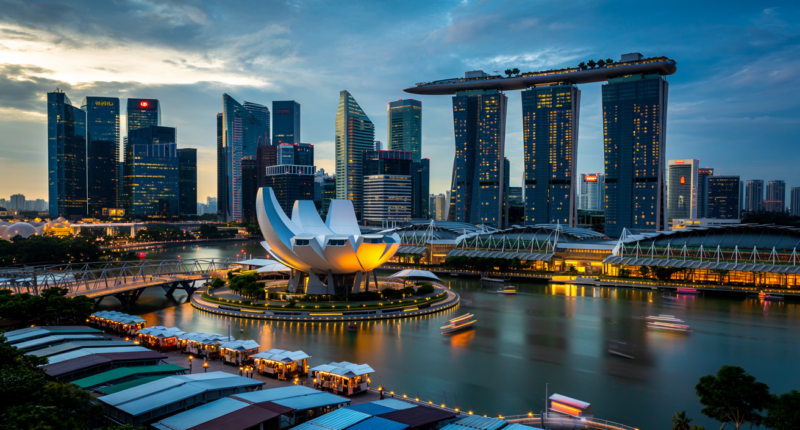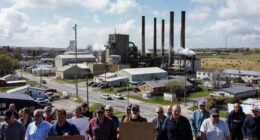Singapore gained independence in 1965 as a tiny island with few resources. At first, it had high unemployment and poor infrastructure. However, the leaders made a smart plan. They embraced global trade, modern business laws, and education. As a result, Singapore’s income grew very fast. In fact, its GDP per person rose from about $320 in the 1960s to nearly $60,000 today. Overall, these steps turned Singapore into a high-income economy and a global financial hub.
Post-Independence Challenges and Growth
After independence, Singapore faced huge challenges. It had no natural resources and many people had no jobs. To solve this, the government focused on building factories and trade. It opened the economy to world markets and welcome foreign companies. At the same time, officials worked on public housing and basic services so people could live better. Over time, these efforts paid off and Singapore’s economy grew very quickly. For example, by the 1990s it was exporting high-tech goods instead of just basic products. This transformation helped pull Singapore out of poverty into wealth.
Smart Government Policies

Singapore’s government set up strong pro-business policies. For example, it kept taxes low and made strict laws against corruption. Because of this, the country was very safe and stable for investors. No strikes or sudden policy changes hurt business. In addition, the government built key infrastructure with foreign help. In the 1960s and 1970s, Singapore took loans to build water systems, expand its ports and power supply. These projects gave companies modern tools to work with. Therefore, Singapore could do business and trade easily on a solid foundation.
Trade and Foreign Investment
Singapore’s leaders knew trade would drive growth. So they signed many free-trade agreements with other countries. These deals cut tariffs and let Singapore export goods easily. They also created free-trade zones (FTZs) near the ports, so imports and exports could move with very low taxes. At the same time, the country welcomed foreign investment. By 1972, about 25% of Singapore’s factories were owned by U.S., Japanese or European companies. Big multinationals were attracted by Singapore’s clear rules and location. This foreign capital brought jobs and new technology, which helped the economy boom.
Education and Workforce Development
Moreover, Singapore invested heavily in people. It made education a top priority so that workers had the skills needed by industry. The government built schools, technical colleges, and universities. It even paid companies to train young workers in electronics and chemicalsthoughtco.com. This way, Singapore built a very well-educated and skilled workforce. Over the years, the country earned a reputation for top schools and talented workers. In fact, Singapore now ranks highest in Asia for education and skills. Having smart, trained workers let Singapore move into advanced industries like biotechnology, finance and aerospace.
Infrastructure and Innovation
The city-state also built world-class infrastructure. It expanded Changi Airport and made its seaport one of the busiest in the world. Good roads, reliable water, and fast internet helped businesses run smoothly. In recent years, Singapore has pushed high-tech innovation too. The government funds technology projects and startups. Singapore is even called Asia’s “Silicon Valley” for its strong tech ecosystemedb.gov.sg. Many global tech firms have offices there. In this way, Singapore stays ahead by using new technology in areas like robotics, finance (fintech) and clean energy.
Becoming a Global Financial Hub
Singapore’s skyline is filled with banks and offices, reflecting its role as a global financial hub. Today Singapore is a high-income economy built on business-friendly policies and strong education and infrastructureworldbank.org. Its strict rule of law and open markets attract investors from around the world. Banks, insurance companies and investment firms flock to Singapore’s modern Central Business District. As a result, Singapore has one of the highest GDPs per person globally. Its leaders often say that the country’s wealth comes from good planning, hard work, and a focus on trade and innovation. In short, by building a stable and modern economy, Singapore became one of the richest countries on Earth.









